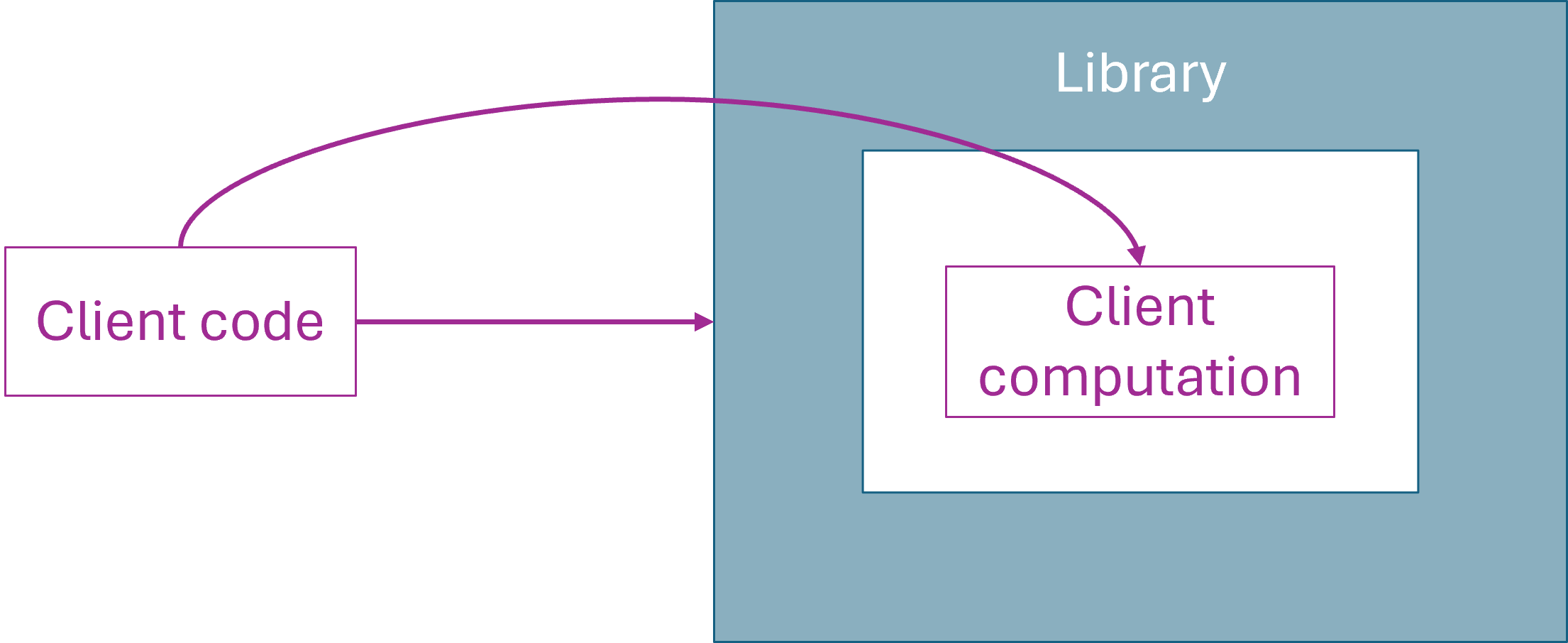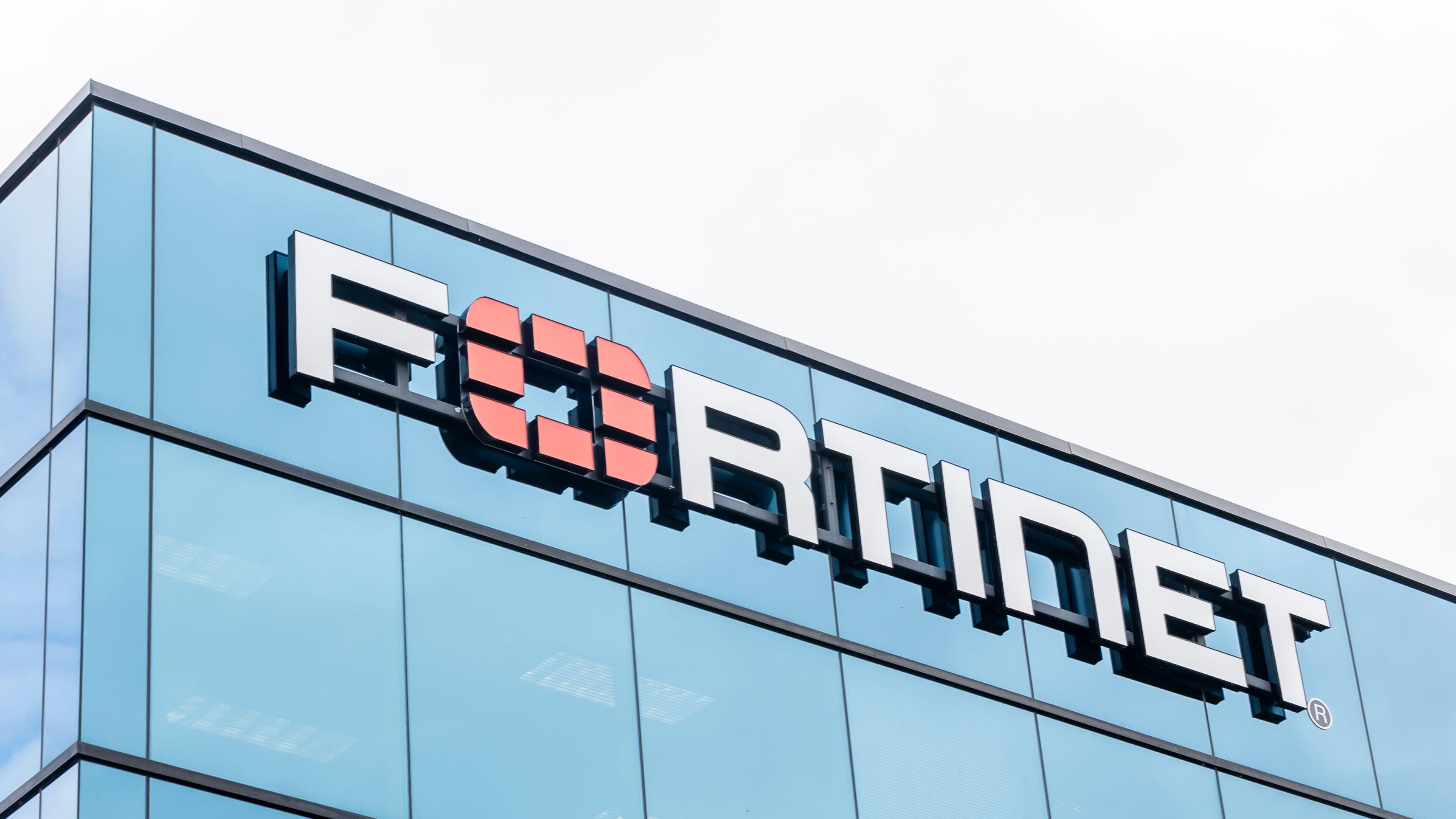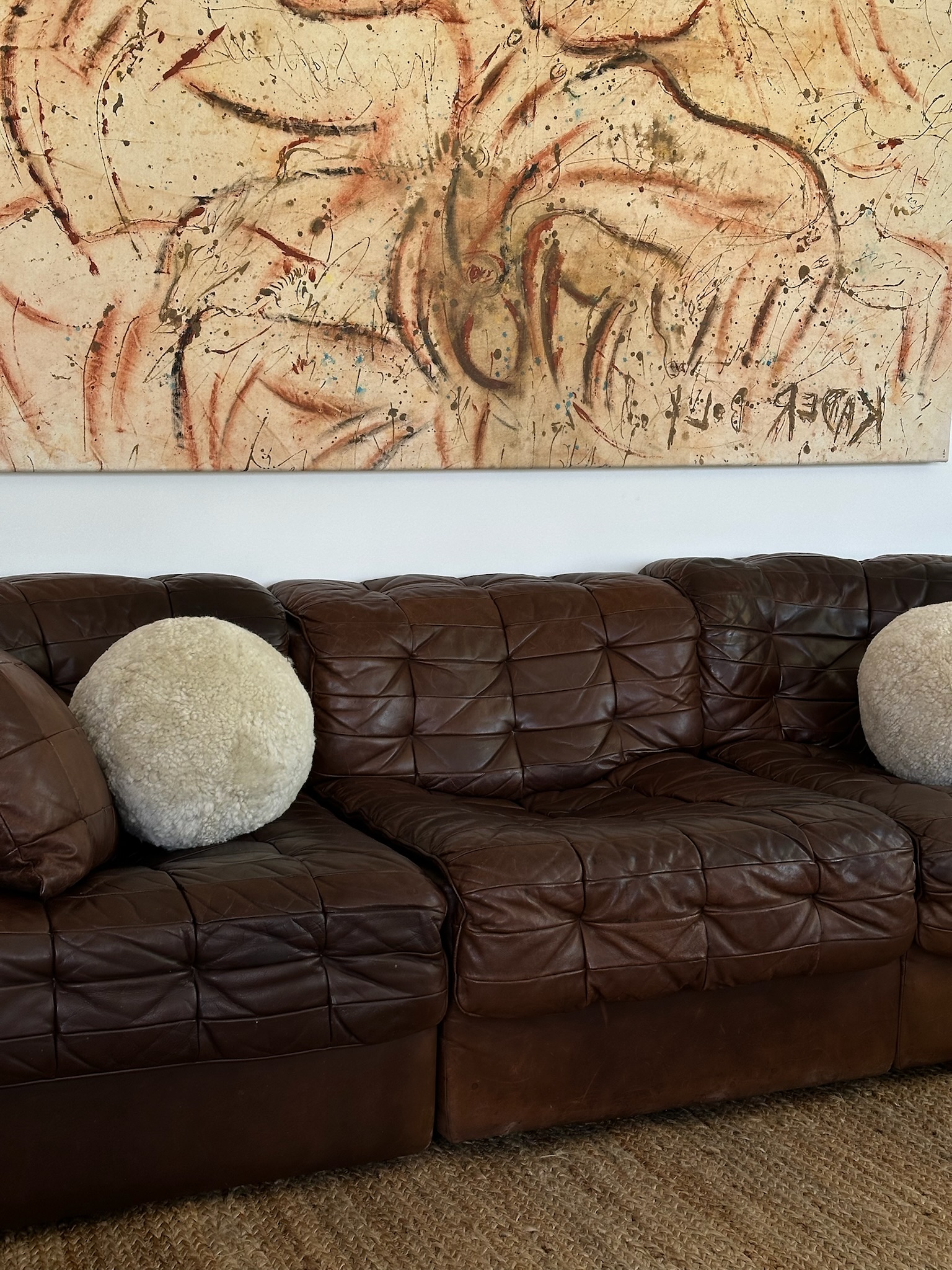Resize in PyTorch
Buy Me a Coffee☕ *Memos: My post explains OxfordIIITPet(). Resize() can resize zero or more images as shown below: *Memos: The 1st argument for initialization is size(Required-Type:int or tuple/list(int)): *Memos: It's [width, height]. It must be 1

*Memos:
- My post explains OxfordIIITPet().
Resize() can resize zero or more images as shown below:
*Memos:
- The 1st argument for initialization is
size(Required-Type:intortuple/list(int)): *Memos:- It's
[width, height]. - It must be
1 <= x. - A tuple/list must be the 1D with 1 or 2 elements.
- A single value(
intortuple/list(int`)) is applied to a smaller image's width or height edge, then the other larger width or height edge is also resized: *Memos: - If an image width is smaller than its height, it's
[size, size * width / height]. - If an image width is larger than its height, it's
[size * width / height , size]. - If an image width is equal to its height, it's
[size, size].
- It's
- The 2nd argument for initialization is
interpolation(Optional-Default:InterpolationMode.BILINEAR-Type:InterpolationMode). - The 3rd argument for initialization is
max_size(Optional-Default:None-Type:int): *Memos:- It's only supported if
sizeis a single value(intortuple/list(int`)). - After
sizeis applied if a larger image's width or height edge exceeds it, it's applied to a larger image's width or height edge to limit the image size, then the other smaller image's width or height edge also becomes smaller than before.
- It's only supported if
- The 4th argument for initialization is
antialias(Optional-Default:True-Type:bool). *Even if settingFalseto it, it's alwaysTrueifinterpolationisInterpolationMode.BILINEARorInterpolationMode.BICUBIC. - The 1st argument is
img(Required-Type:PIL Imageortensor(int,float,complexorbool)): *Memos:- A tensor must be the 3D or more D tensor of one or more elements.
- Don't use
img=.
-
v2is recommended to use according to V1 or V2? Which one should I use?.
from torchvision.datasets import OxfordIIITPet
from torchvision.transforms.v2 import Resize
from torchvision.transforms.functional import InterpolationMode
resize = Resize(size=100)
resize = Resize(size=100,
interpolation=InterpolationMode.BILINEAR,
max_size=None,
antialias=True)
resize
# Resize(size=[100],
# interpolation=InterpolationMode.BILINEAR,
# antialias=True)
resize.size
# [100]
resize.interpolation
#
print(resize.max_size)
# None
resize.antialias
# True
origin_data = OxfordIIITPet(
root="data",
transform=None
)
p1000_data = OxfordIIITPet(
root="data",
transform=Resize(size=1000)
# transform=Resize(size=[1000])
)
p100_data = OxfordIIITPet(
root="data",
transform=Resize(size=100)
)
p50_data = OxfordIIITPet(
root="data",
transform=Resize(size=50)
)
p10_data = OxfordIIITPet(
root="data",
transform=Resize(size=10)
)
p100p180_data = OxfordIIITPet(
root="data",
transform=Resize(size=[100, 180])
)
p180p100_data = OxfordIIITPet(
root="data",
transform=Resize(size=[180, 100])
)
p100ms110_data = OxfordIIITPet(
root="data",
transform=Resize(size=100, max_size=110)
)
import matplotlib.pyplot as plt
def show_images1(data, main_title=None):
plt.figure(figsize=(10, 5))
plt.suptitle(t=main_title, y=0.8, fontsize=14)
for i, (im, _) in zip(range(1, 6), data):
plt.subplot(1, 5, i)
plt.imshow(X=im)
plt.tight_layout()
plt.show()
show_images1(data=origin_data, main_title="origin_data")
show_images1(data=p1000_data, main_title="p1000_data")
show_images1(data=p100_data, main_title="p100_data")
show_images1(data=p50_data, main_title="p50_data")
show_images1(data=p10_data, main_title="p10_data")
print()
show_images1(data=origin_data, main_title="origin_data")
show_images1(data=p100p180_data, main_title="p100p180_data")
show_images1(data=p180p100_data, main_title="p180p100_data")
print()
show_images1(data=p100_data, main_title="p100_data")
show_images1(data=p100ms110_data, main_title='p100ms110_data')
# ↓ ↓ ↓ ↓ ↓ ↓ The code below is identical to the code above. ↓ ↓ ↓ ↓ ↓ ↓
def show_images2(data, main_title=None, s=None, ms=None):
plt.figure(figsize=(10, 5))
plt.suptitle(t=main_title, y=0.8, fontsize=14)
for i, (im, _) in zip(range(1, 6), data):
plt.subplot(1, 5, i)
if not s:
s = im.size
resize = Resize(size=s, max_size=ms) # Here
plt.imshow(X=resize(im)) # Here
plt.tight_layout()
plt.show()
show_images2(data=origin_data, main_title="origin_data")
show_images2(data=origin_data, main_title="p1000_data", s=1000)
show_images2(data=origin_data, main_title="p100_data", s=100)
show_images2(data=origin_data, main_title="p50_data", s=50)
show_images2(data=origin_data, main_title="p10_data", s=10)
print()
show_images2(data=origin_data, main_title="origin_data")
show_images2(data=origin_data, main_title="p100p180_data", s=[100, 180])
show_images2(data=origin_data, main_title="p180p100_data", s=[180, 100])
print()
show_images2(data=origin_data, main_title="p100_data", s=100)
show_images2(data=origin_data, main_title="p100ms110_data", s=100, ms=110)




















_Nils_Ackermann_Alamy.jpg?#)


_marcos_alvarado_Alamy.jpg?#)


















































